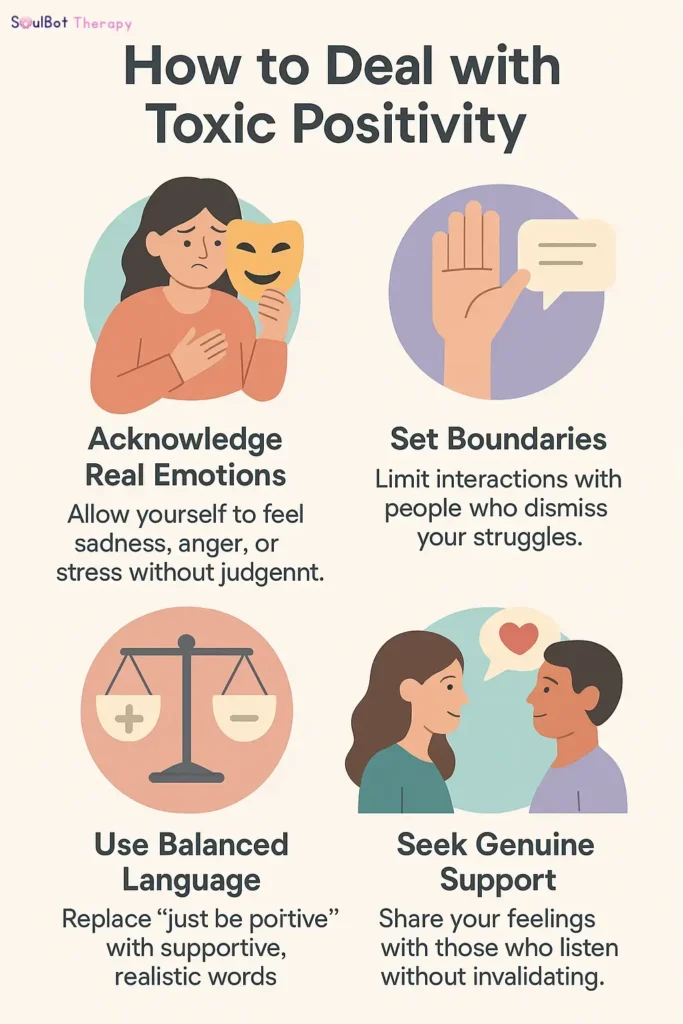If you’ve ever Googled “how to build self-esteem”, you’ve probably seen the same recycled advice: “Just think positive!” or “Say affirmations in the mirror.” But here’s the thing: blind positivity often backfires. Toxic positivity ignores real struggles, leaving you feeling worse when “happy thoughts” don’t magically fix deep self-doubt.
True confidence comes from facing reality, not sugarcoating it. Let’s explore healthy, practical, and psychologically grounded ways to build self-esteem.
👉 Struggling with what your personality is called? Take our MBTI free test to uncover your real personality.What Does It Really Mean to Build Self-Esteem?
Self-esteem isn’t about thinking you’re perfect. It’s about developing a balanced, respectful view of yourself, recognizing strengths and flaws without judgment.
In psychology, self-esteem combines:
- Self-worth: Believing you deserve respect.
- Self-confidence: Trusting your ability to handle challenges.
- Self-acceptance: Making peace with imperfections.
Why Toxic Positivity Doesn’t Work for Confidence
Toxic positivity pushes the idea that negative emotions should be avoided at all costs. However, research shows that suppressing emotions increases stress and lowers well-being.
- Ignoring sadness doesn’t erase it.
- Forcing happiness creates guilt when you don’t feel better.
- Real growth comes from acknowledging challenges and then building skills to face them.
🔗 External Insight: Toxic positivity can really harm mental health by invalidating genuine struggles and discouraging authentic emotional expression.
How to Build Self-Esteem in Healthy, Realistic Ways
1. Practice Healthy Self-Talk Techniques
Replace harsh inner criticism with kinder, more balanced language. Instead of “I’m useless,” try “I had a setback, but I’m still capable.”
2. Set Achievable Goals
Break big ambitions into smaller wins. Psychology shows that small successes release dopamine, reinforcing confidence.
3. Strengthen Emotional Resilience Skills
When life knocks you down, resilience, not forced positivity, helps you bounce back. Grounding exercises, mindfulness, and journaling are practical tools.
4. Learn to Accept Mistakes
Perfectionism destroys confidence. Accept mistakes as part of growth, not proof of weakness.
💡 SoulFact: The American Psychological Association notes that people with realistic confidence-building practices not inflated positivity have higher resilience and long-term mental health.

What’s the Connection Between Self-Esteem and Mental Health?
Low self-esteem is related to depression, tension, and relationship struggles. Conversely, healthier self-esteem boosts motivation, focus, and social connection.
This is why learning to build self-esteem isn’t just about confidence; it’s about overall mental well-being.
How Do You Overcome Low Self-Worth Without Ignoring Your Feelings?
Building self-esteem doesn’t mean denying your pain. Instead, try:
- Naming and sitting with emotions instead of hiding them.
- Talking to trusted friends or therapists.
- Using grounding and reflection to balance negative self-perceptions.
Conclusion: Confidence Without the Sugarcoat
Building self-esteem isn’t about pretending everything’s fine; it’s about honesty, resilience, and self-respect. By rejecting toxic positivity and embracing realistic, psychology-backed strategies, you can build lasting confidence that survives life’s ups and downs.
👉 Want daily support? Chat with SoulBot, your AI mental health coach, for realistic confidence-building strategies.







